Infiniton CV-176IX Bruksanvisning
Läs gratis den bruksanvisning för Infiniton CV-176IX (84 sidor) i kategorin Frys. Guiden har ansetts hjälpsam av 19 personer och har ett genomsnittsbetyg på 4.3 stjärnor baserat på 10 recensioner. Har du en fråga om Infiniton CV-176IX eller vill du ställa frågor till andra användare av produkten? Ställ en fråga
Sida 1/84

CV-1575 NF
B
U
U
H
U
é
é
6
CV-176IX
Produktspecifikationer
| Varumärke: | Infiniton |
| Kategori: | Frys |
| Modell: | CV-176IX |
| Produkttyp: | Frysskåp |
| Inbyggd display: | Ja |
| Vikt: | 66000 g |
| Bredd: | 600 mm |
| Djup: | 650 mm |
| Höjd: | 1750 mm |
| Årlig energiförbrukning: | 300 kWh |
| Energiförbrukning: | 0.81 kWh/24h |
| Fryskapacitet: | - kg/24h |
| antal stjärnor: | 4* |
| Justerbara fötter: | Ja |
| Produktens färg: | Rostfritt stål |
| Lagringstid vid strömavbrott: | - h |
| Energiklass: | F |
| Apparatens placering: | Fristående |
| Gångjärnssida: | Höger |
| Hängbar dörr: | Ja |
| Energieffektivitetsskalning: | A till G |
| Bulleremission, klass: | D |
| Ljudnivå Lc IEC: | 43 dB |
| Klimatkategori: | SN-ST |
| Ansluten effekt: | - W |
| Frys - Antal hyllor: | 7 |
| Fryskapacitet netto.: | 254 l |
| Frysfritt system: | Ja |
Behöver du hjälp?
Om du behöver hjälp med Infiniton CV-176IX ställ en fråga nedan och andra användare kommer att svara dig
Frys Infiniton Manualer
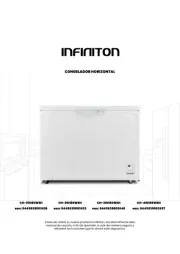
18 September 2025
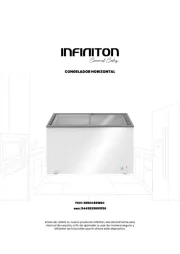
17 September 2025
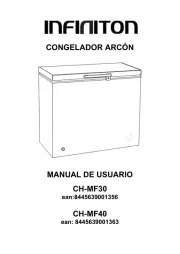
17 September 2025

17 September 2025

17 September 2025
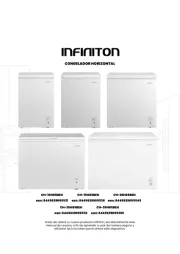
17 September 2025
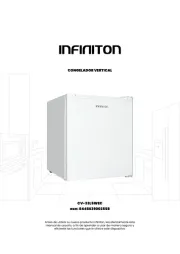
17 September 2025

17 September 2025
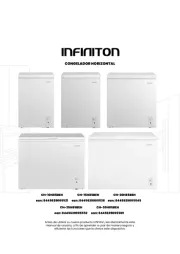
16 September 2025
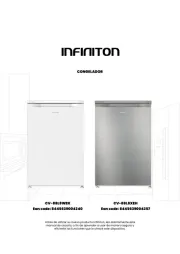
16 September 2025
Frys Manualer
- Profoto
- Baumatic
- Stirling
- Thomson
- Bauknecht
- Zenith
- Igloo
- Novy
- DAYA
- Sanyo
- Snaigė
- Icecool
- Becken
- Element
- Orima
Nyaste Frys Manualer
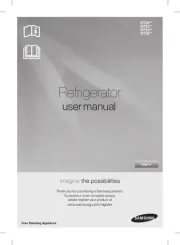
19 Oktober 2025
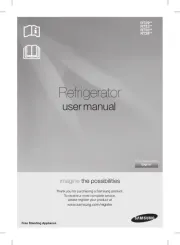
19 Oktober 2025
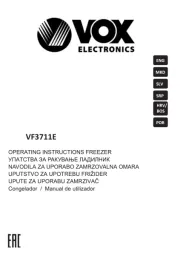
19 Oktober 2025
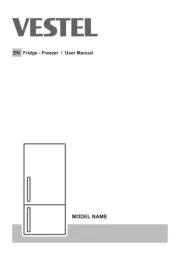
19 Oktober 2025
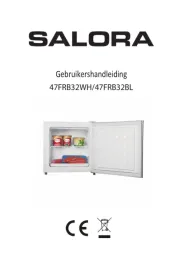
17 Oktober 2025
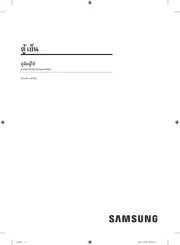
16 Oktober 2025
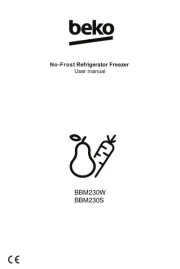
15 Oktober 2025
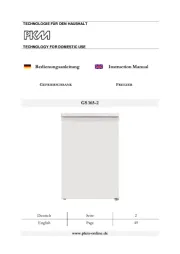
14 Oktober 2025
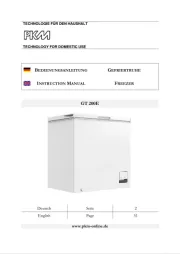
14 Oktober 2025
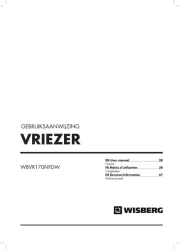
13 Oktober 2025